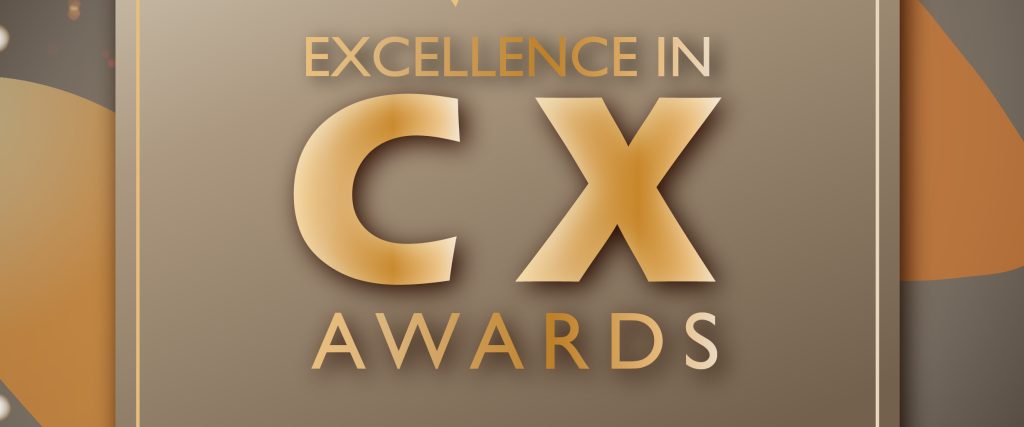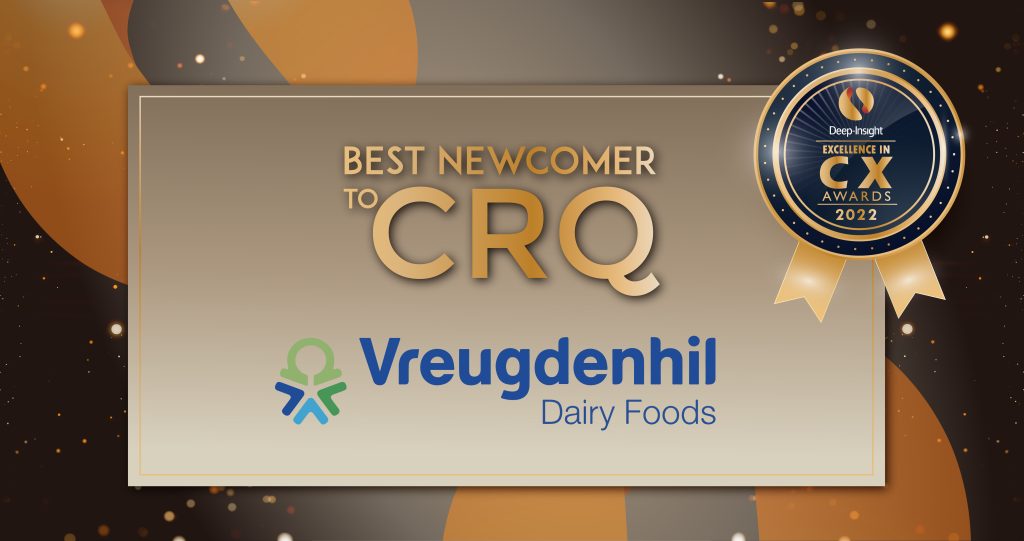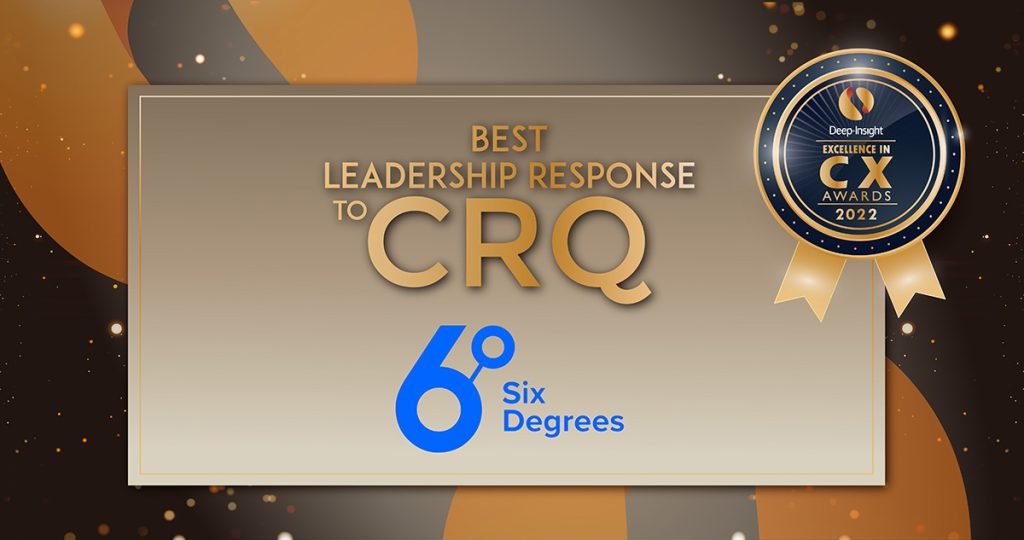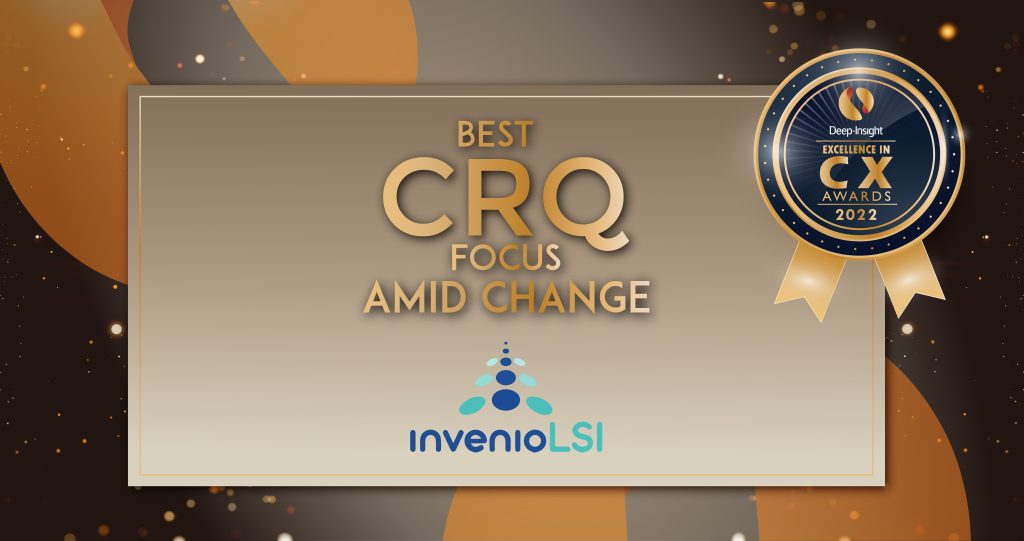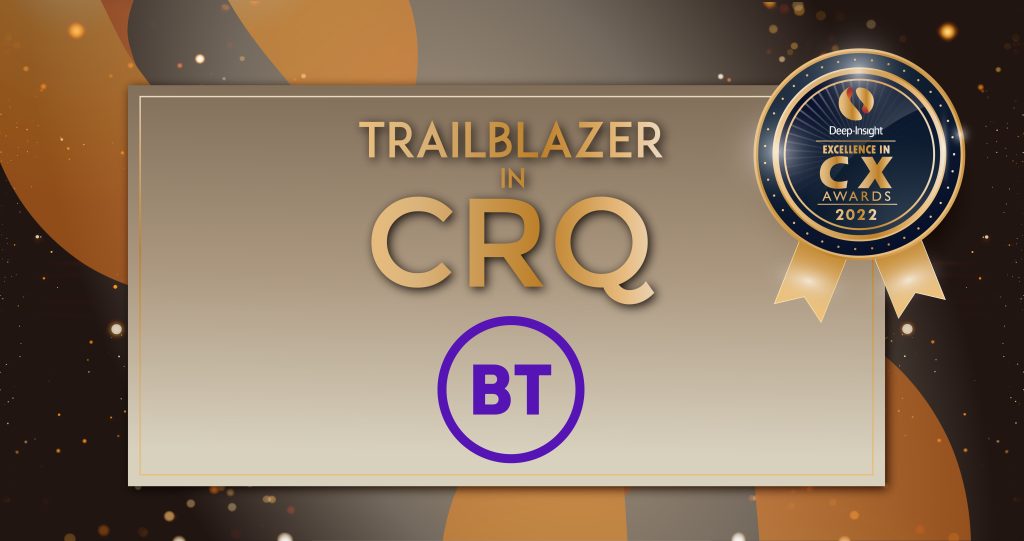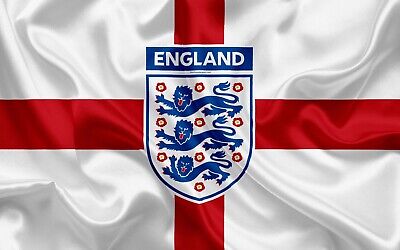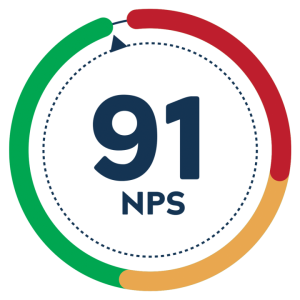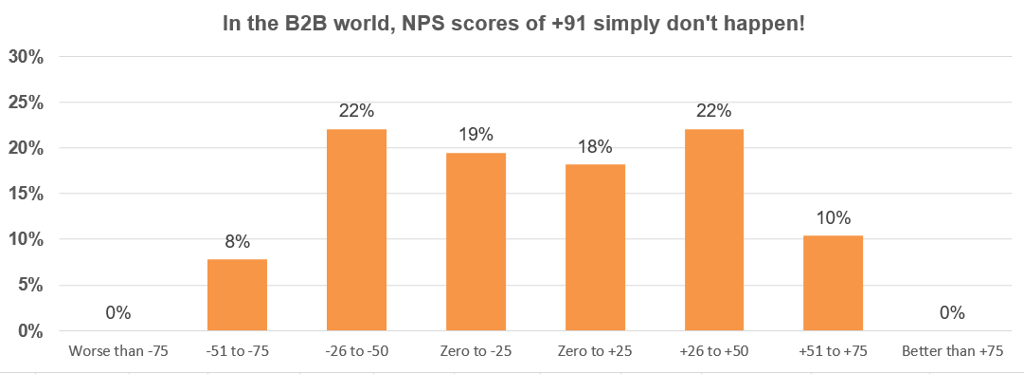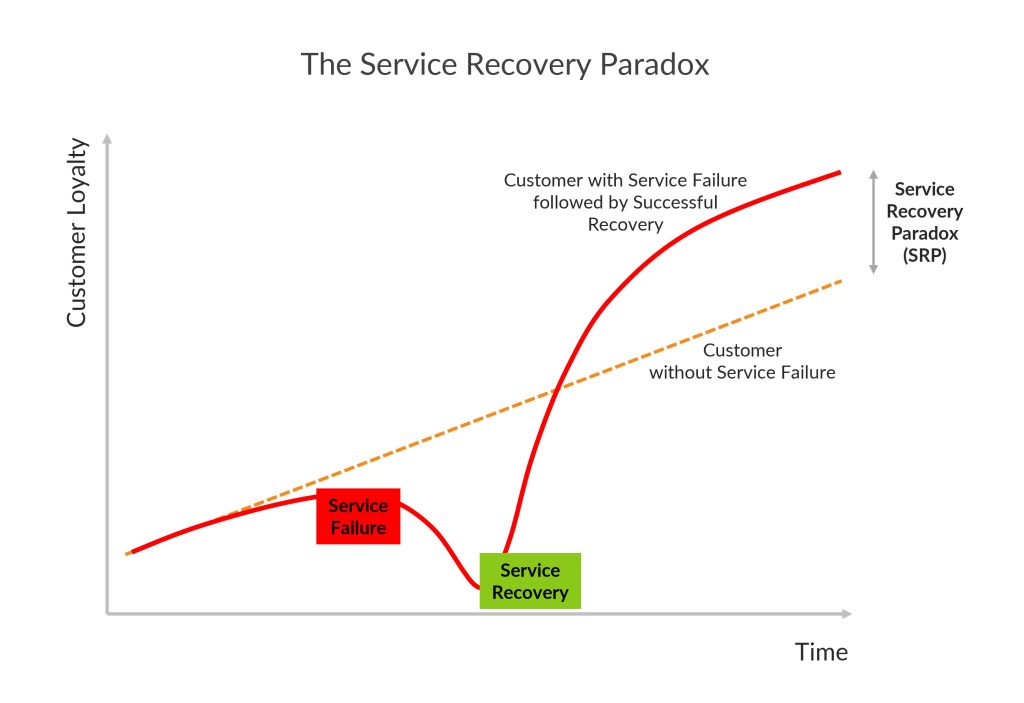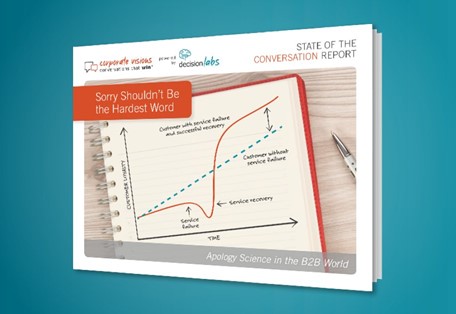open eir wins “Best CRQ Newcomer 2023” Award
The ballots are counted and the results have been confirmed!
open eir has been awarded Best CRQ Newcomer in the Deep-Insight Excellence in CX Awards for 2023. We are thrilled for them.
If you live in Ireland, you’ll know open eir. It’s the wholesale arm of Ireland’s largest telecommunications company. At some point you will have seen their vans on the streets, and their technicians out and about, installing fibre lines and connections into business premises and homes across Ireland.
This is a truly deserved award as it’s hard to believe that open eir’s very first Customer Relationship Quality (CRQ) assessment was launched to its customers as recently as October 2023.
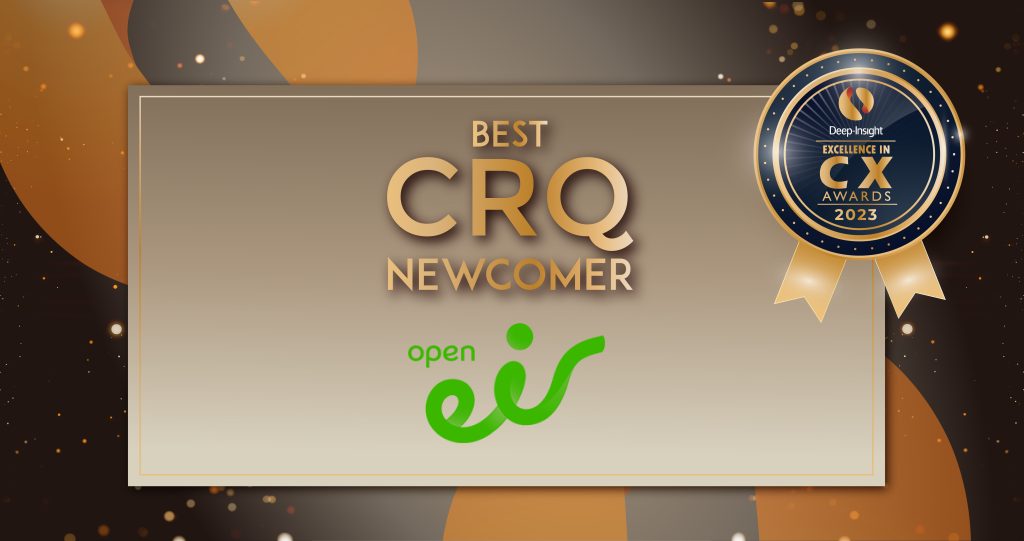
The Deep-Insight team was led by Alexandra Calugarici and Kate Casey. Here’s Alex’s perspective:
“We started working with Orlagh Nevin and the senior leadership team at open eir in mid-2023, and were immediately impressed by the way everybody showed engagement with the process and were keen to make the project a success.
Kate’s perspective is similar:
“open eir embraced the Customer Relationship Quality (CRQ) process from the very beginning. They approached it with an open mind and showed a real bias to action when the results came back. They started making decisions quickly from the feedback and insights they received about their products, services and people.”
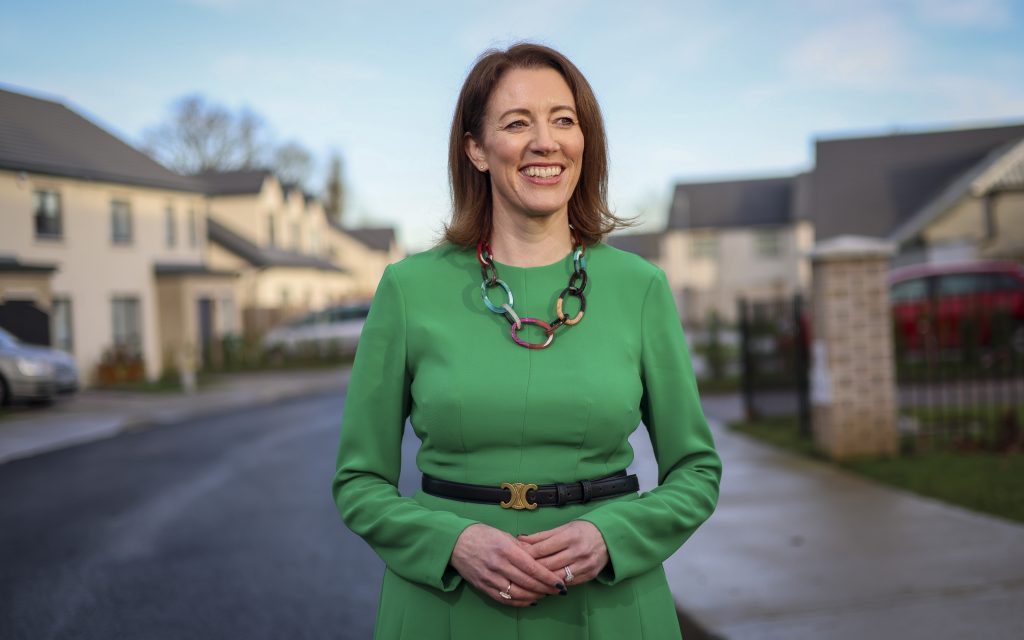
Maeve O’Malley recently took on the role as Managing Director at open eir Wholesale and in recent weeks has been leading the charge with open eir’s response to its clients and partners.
Maeve has over 24 years of experience in the telecommunications industry and joined eir in 2013. According to Maeve:
“open eir is delighted to be working with Deep-Insight and are already finding huge value in the insights and input from the team as we continue our journey of transforming our customers’ and partners’ experience with us.”
For me, the key word in Maeve’s comment is ‘journey’ as it acknowledges that transformation doesn’t happen overnight. open eir has some fantastic strengths in terms of its products and its people, and under Maeve’s leadership has already started on that journey.
Congratulations again to everyone at open eir and a special shout out to Orlagh Nevin and John Gregg who were our team’s day-to-day contacts over the past few months at the start of this CRQ journey. We’re looking forward to working with them over the next few years as they and the open eir transform the company into a truly customer-centric organisation.
About open eir
open eir is a division of eir and is the largest wholesale operator in Ireland, providing products and services across a range of regulated and unregulated markets.
For more information, go to eir.ie.
About Deep-Insight
Deep-Insight is a leading European B2B Customer Experience (CX) company founded in 2000 by a small team of ‘magicians’ with one goal: researching a way to read customers’ minds. Today, Deep-Insight supports customers all over the world with the skills, tools and methodologies to establish and operate world-class Customer Experience (CX) and Employee Experience (EX) programmes.
For more information, go to www.deep-insight.com or email us at sales@deep-insight.com.

